Quiz Yourself – Examples of Divergent and Convergent Thinking
This post may contain affiliate links.
Now that you’ve learned or refreshed your memory on the differences between convergent thinking and divergent thinking, let’s look at the application in learning. Can you determine which is which? It’s important that you can because it’s up to you, parent or teacher, to advocate for more divergent learning in the classroom.
Linear thinking, or convergent thinking, is about learning facts, follow instructions, and solving problems with one right answer.
Divergent thinking is generating unique solutions and seeing various possibilities in response to questions and problems.
Divergent and Convergent Thinking

Ready for your Quiz?
(& what kind of thinking is this quiz anyway?)
1. Shape Person Made In JJ’s Kindergarten – 5 years old
Is this a convergent or divergent learning activity?

Convergent.
Why? Because the shapes had to go where the teacher said to make a person and there was a right answer.
It could have been divergent if the teacher had allowed the learner to put the shapes anywhere. Now that would have been cool!
2. JJ’s Book Cover – 3 years old
Is this a convergent or divergent learning activity?
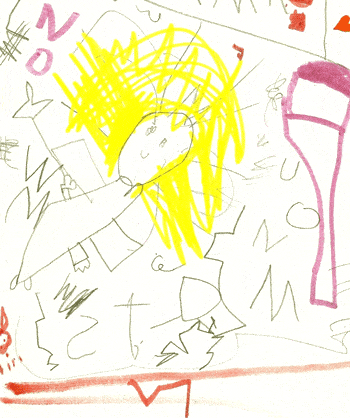
Divergent. JJ’s using shapes and lines to write and illustrate where she chooses. There is no right answer.
3. Bodie’s Heart Made in Vacation Bible School – 2 years old
Is this a convergent or divergent learning activity?

Convergent. The heart looks like an adult did it, not a two-year old since the heart is glued in place, the glue dots and sequens are bordering the heart very nice and tidy.
What would have made this divergent? Letting Bodie do whatever he wanted with the supplies. Letting him use a glue stick to do his own glue, allowing him to make a sideways shape with sequence piled one on top of each other – or whatever he wanted.
4. Montessori Object Box from Etsy
Is this a convergent or divergent learning activity?
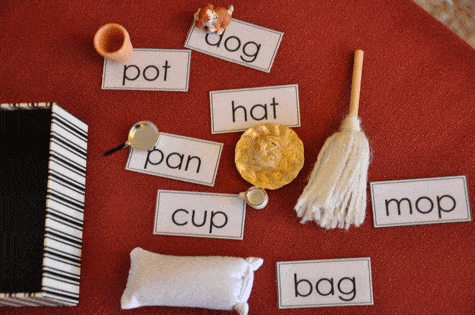
What do you think? Convergent or Divergent?
5. Lego Kits – AJ’s – 9 years old
Is this a convergent or divergent learning activity?
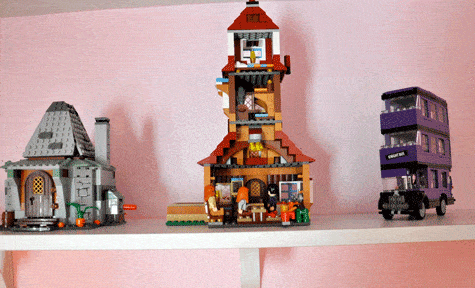
What do you think?
6. Box of Legos – 4 +
Is this a convergent or divergent learning activity?
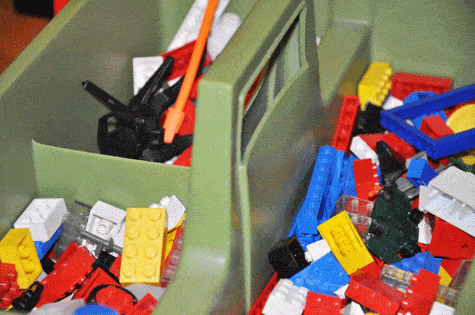
What do you think?
7. Cut and Paste Worksheet (example from JJ’s kindergarten “literacy” rotation) – 5 years old
Is this a convergent or divergent learning activity?
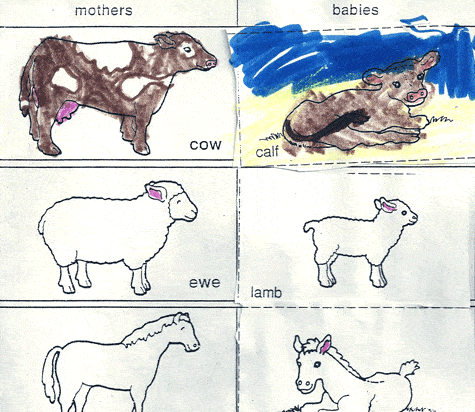
What do you think?
8. 3rd grade news article worksheet – 8 years old – can you find both kinds of thinking?
Is this a convergent or divergent learning activity?
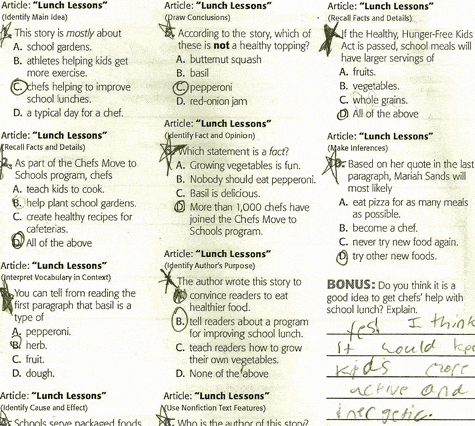
What do you think?
9. Synthesis Worksheet – 8 years old – (Hint: not all worksheets are convergent learning)
Is this a convergent or divergent learning activity?
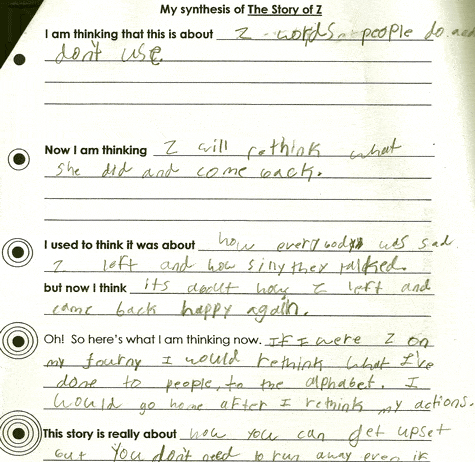
What do you think?
Comment below and tell me what you think and why you think so!! 🙂
Have you seen the blog, Think? If not, stop by and try her divergent thinking activities – you’ll love them!
Teacher friend, Diane Dahl, writes about teaching her kids thinking skills helped her survive the year.

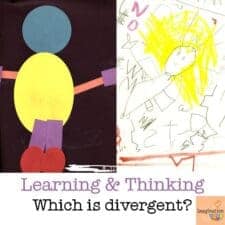


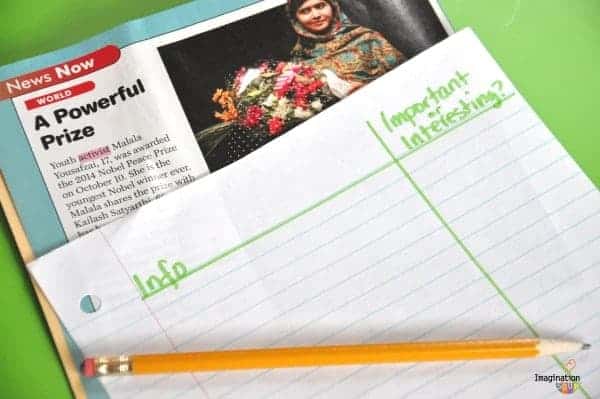

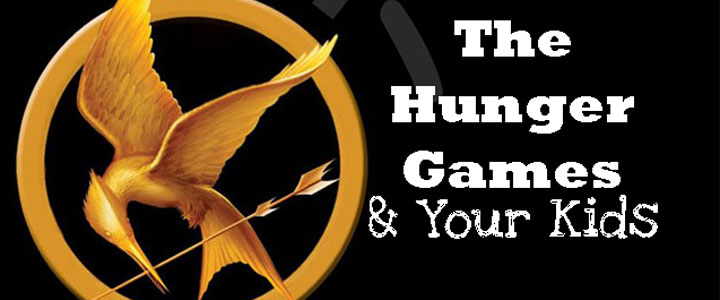
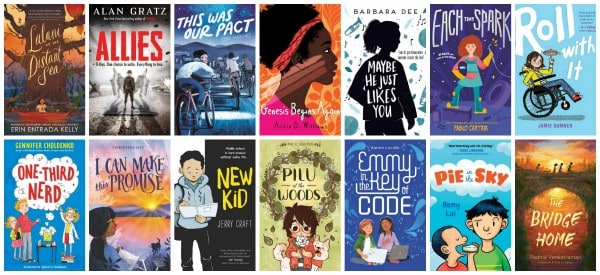
This is a very good article. You have really applied both concepts in education in way that parents can readily understand.
In my opinion, both types of learning can be used depending on the situation. For example, your hint on the last item. Worksheets may ask for a specific answer, but journals will tend to go the other way.
Interesting, as I’ve often wavered on how much/little direction is needed with young kids (I’m thinking preschoolers specifically.) Though I’m not in an either/or camp, I see more merit on the whole with Waldorph inspired schooling for young ones- wherein I think much divergent thinking takes places, as opposed to Montessori inspired education. Yet, I find myself supplementing with a lot of Montessori inspired activity, mostly because there is a lot of direction in it and I feel some of this is necessary and missing. Even so, it is met with resistance by my little one – a powerful indicator to me that it’s not working for him. Perhaps the great gift in promoting divergent thinking (in my eyes) is the pacing it imposes; it’s not rushing the learner to meet prescribed expectations.
I think it depends on your purpose — are you teaching a specific skill you want the child to practice or are you teaching listening or following directions? It also depends on the child as to their comfort level with independence and direction. Divergent thinking doesn’t mean a free for all – it’s very intentional facilitation by the adult who scaffolds the learning.
I would go with your child’s preference – if it’s not working for whatever reason, find something else that does work for him or her. And I so agree with you to let the learner grow on their own continuum!!
LOL, I now can think of divergent learning activities as fairly messy which I really like. And convergent as neat and tidy — end goal very clearly defined.
I do like divergent better!
Melissa, THANK YOU for this post and great examples of convergent/divergent experiences. I see so many “craft or activity ideas” on blogs/online that are absolutely straight-away convergent that it really stuns me. While it makes me sad for the children themselves that are directed in these experiences, I also feel bad for the educators that perhaps don’t know another way of offering materials to allow for divergent explorations. As a constructivist early childhood educator, I couldn’t imagine spending my days directing children in their art/play. Bravo for the post – I will forward this!
I totally agree and appreciate hearing from you (LOVE your blog) that this makes sense. Hopefully, explaining it will be an opportunity for people to make some ahas.
What a useful article for parents and teachers who want to encourage independent and out-of-the-box thinking in kids.
The way you’ve put it – with examples and pictures – makes it so crystal clear.
And, I agree – it’s divergent thinking that we need to encourage a lot, lot more than convergent one. It makes me think hard to see the worksheets children bring home to solve. There’s an overload of homework and the type that doesn’t need them to go beyong just ONE right answer.
So, every kid is supposed to nail that one right answer and if all the kids get that answer, the class is a topper, high performing class! Whoa!
I have an article coming up – on similar lines and the example I’ve used is of one of Pari’s painting where she’s painted an “imaginary, otherworldly creature”
Great read, Melissa. I’m going to share this on my upcoming post…
oh, that sounds like a fantastic painting, can’t wait to read the post and see the painting! Thanks, Rashmie. 🙂